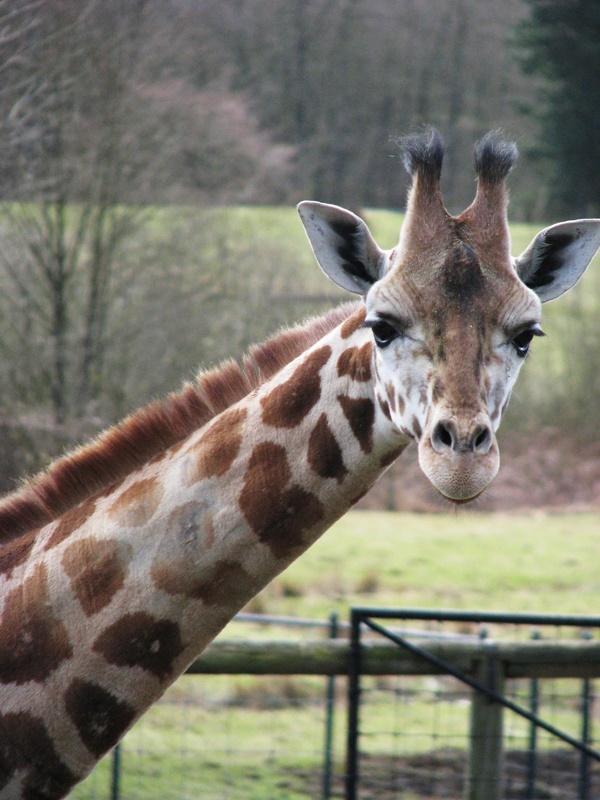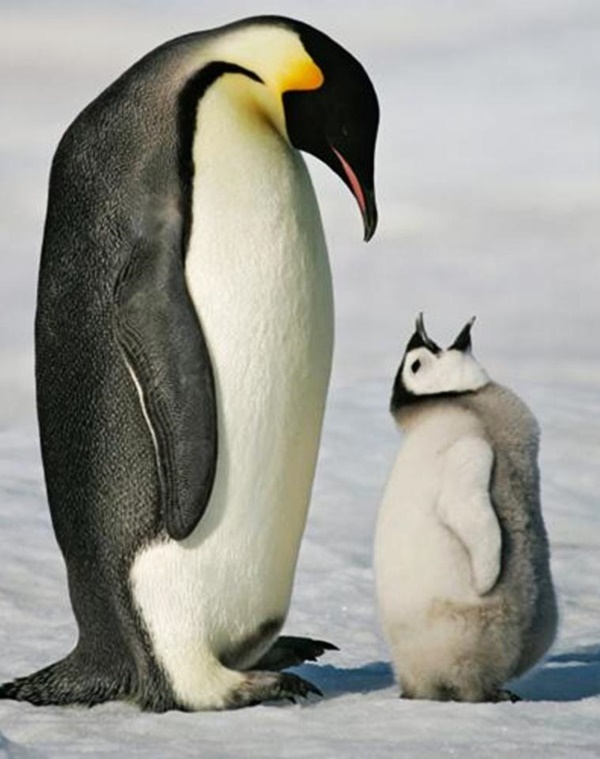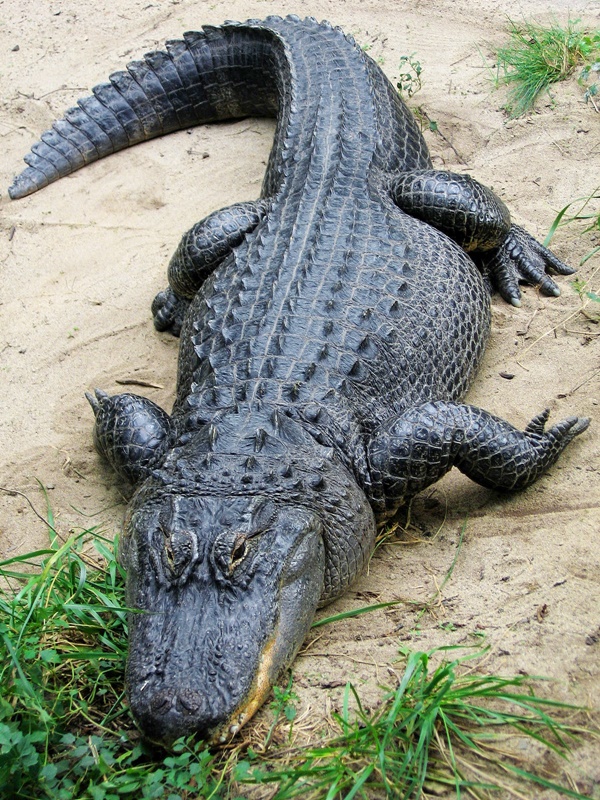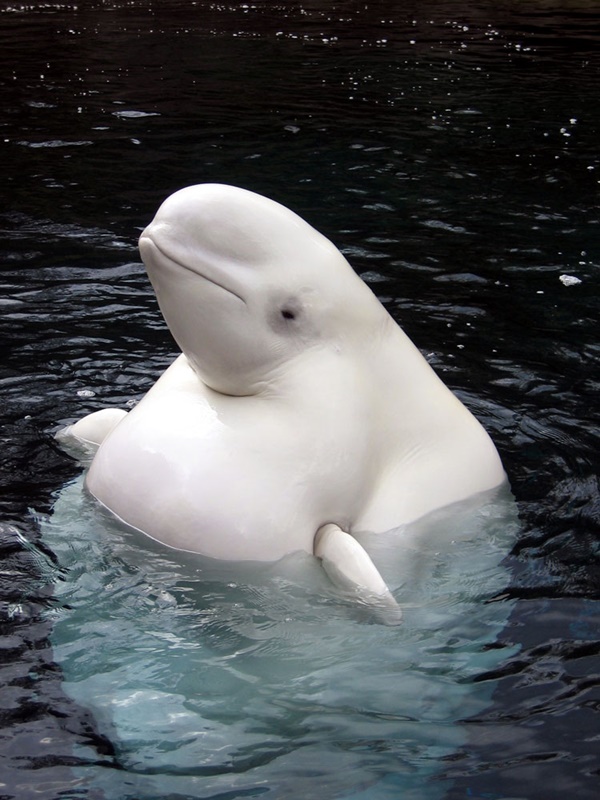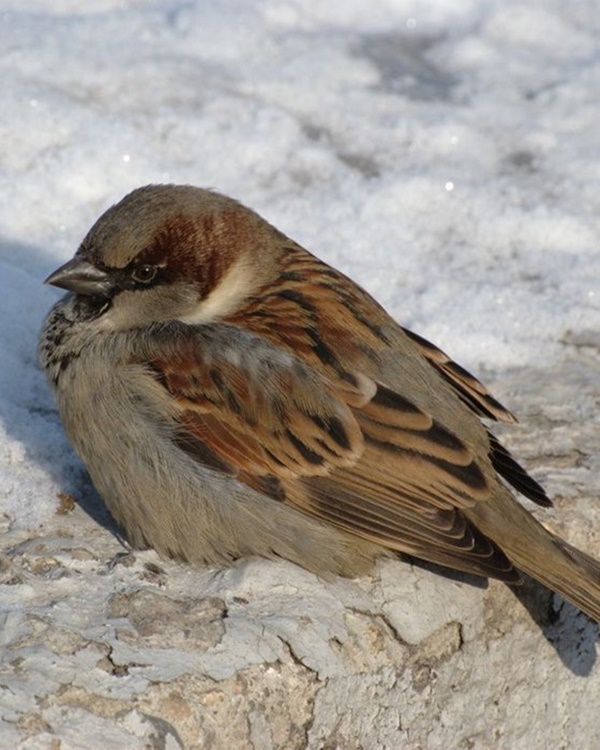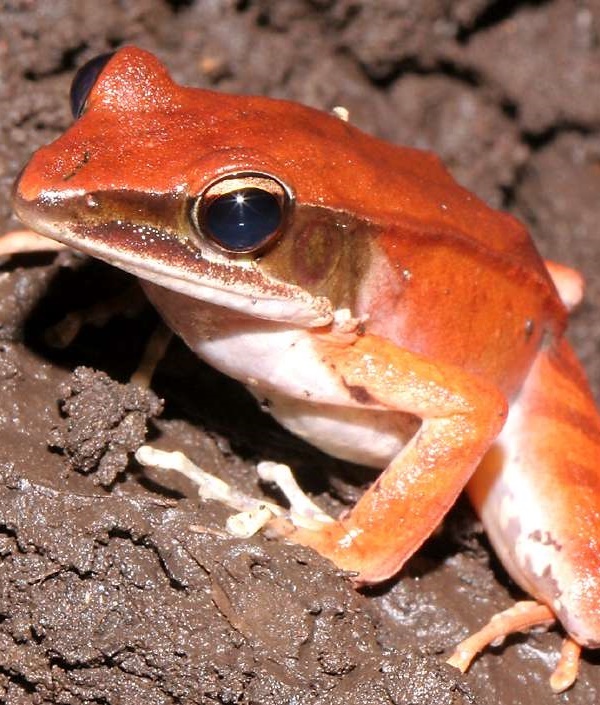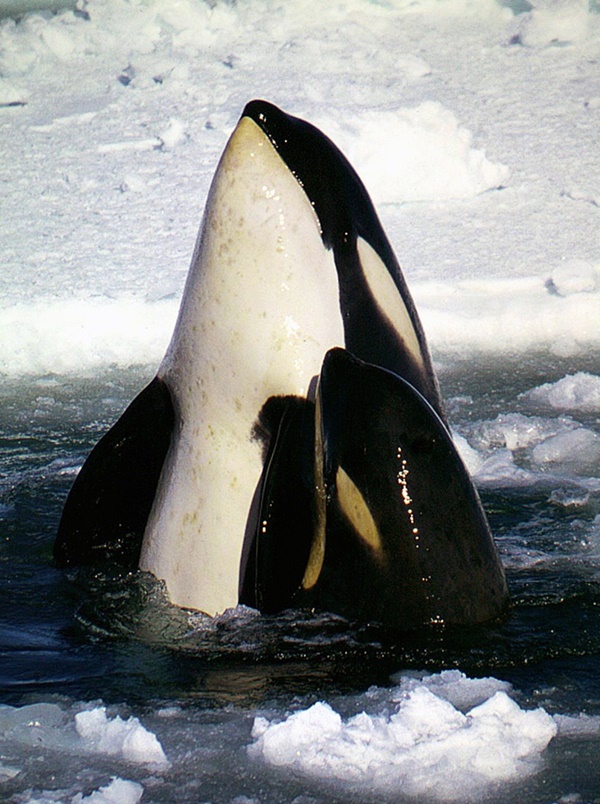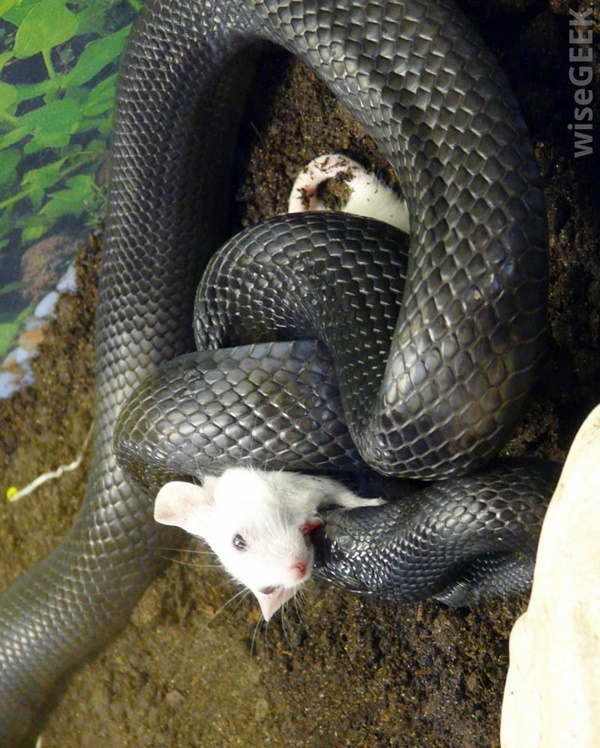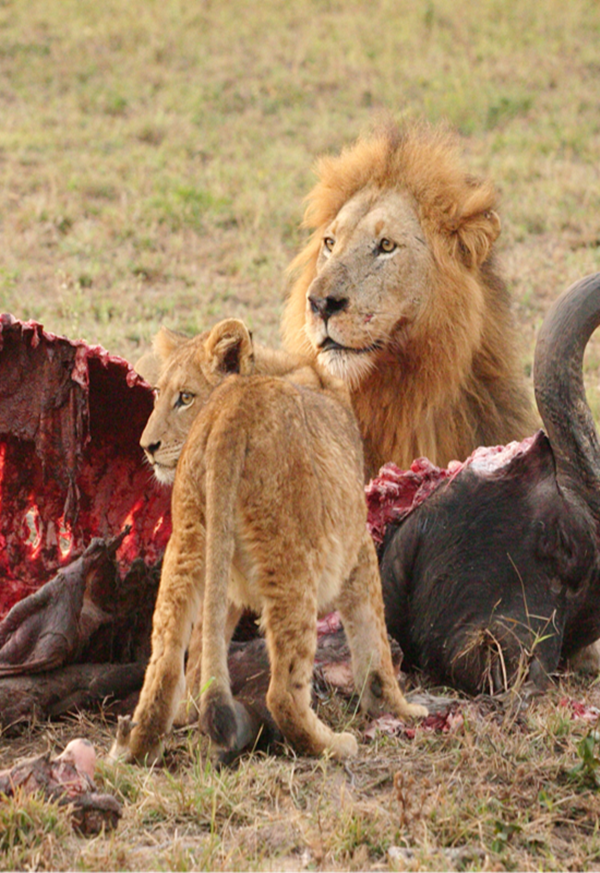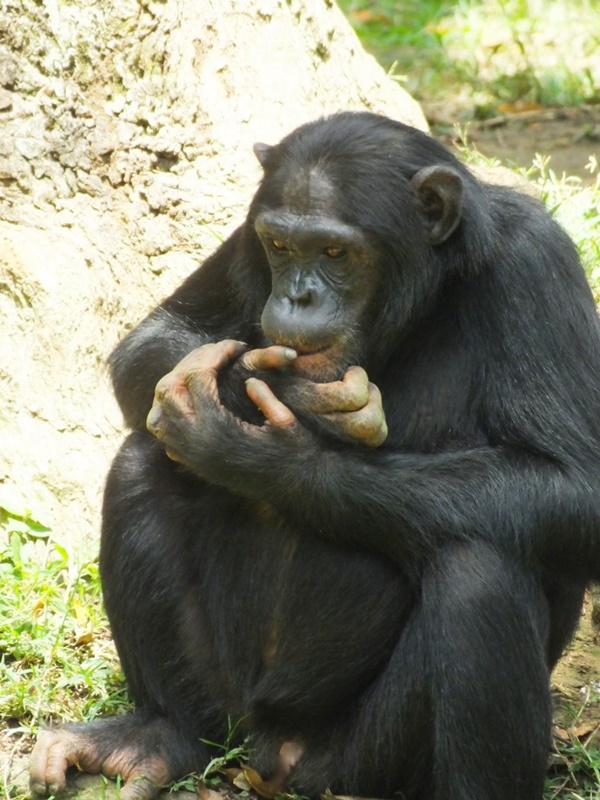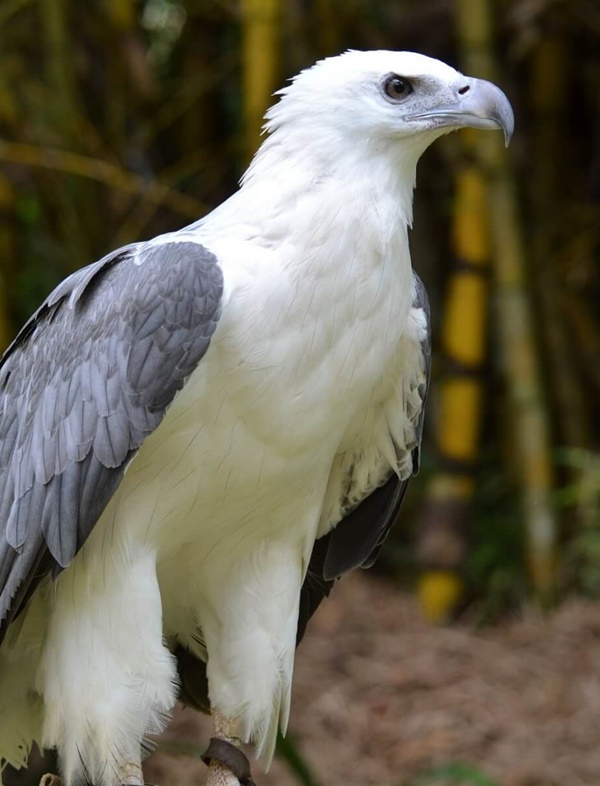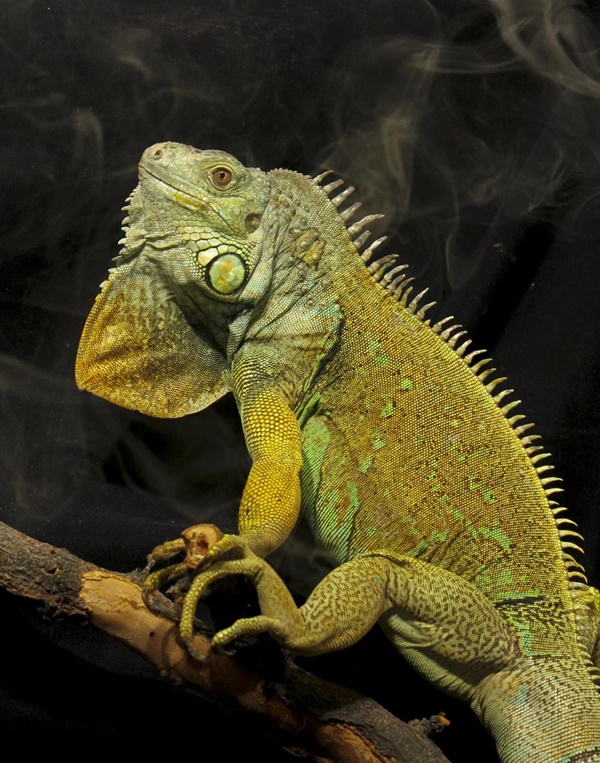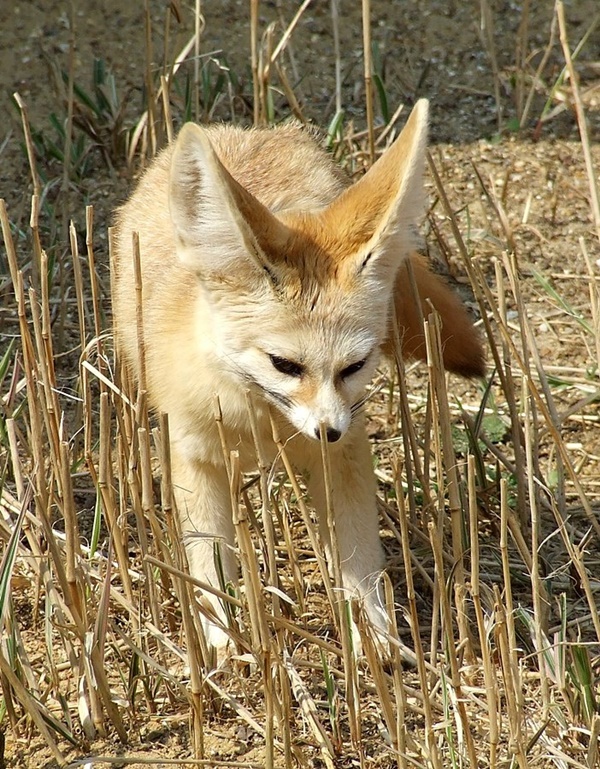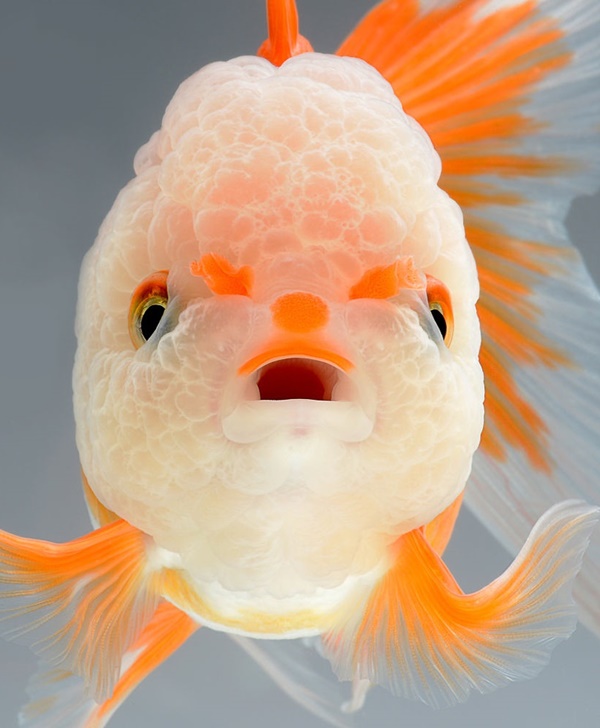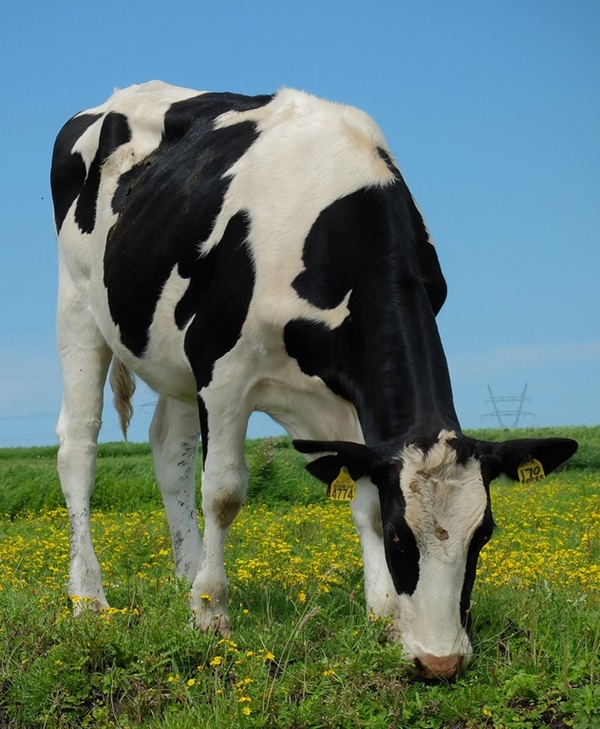As we differentiate the atmospheric temperature as cold and warm, we have also differentiated the animal kingdom broadly as cold-blooded and warm-blooded animals. The first thing that pops up in our mind thinking about the cold-blooded and warm-blooded animals is; how does this happen? Many of you must know this, but for those who did not pay attention in their science classes, we have your back by providing with apt differentiation between them. There is more to it than just how they regulate their body temperature. It depends upon their type, lifestyle, and regions as well. All living beings have specific characteristics that they possess and evolve with time to survive on this planet and this differentiation is one of it. In scientific terms, this process is called thermoregulation and to know more about it check out these Difference Between the Cold-blooded and Warm Blooded Animals.

Difference Between the Cold-Blooded and Warm-Blooded Animals
What Does Cold-Blooded and Warm Blooded Mean?
Animals are built to adapt and survive with nature. This phenomenon has a direct connection with how an organism regulates its body temperature, scientifically known as thermoregulation.
Cold-blooded animals have a body temperature that fluctuates depending on the climatic conditions of the region in which the animal is living in. They tend to follow the external temperature and cannot maintain their thermal homeostasis.
On the other hand, warm-blooded animals have the ability to regulate their internal heat to maintain their thermal homeostasis and have a proper constant body temperature regardless of any climate.
Classification
The cold-blooded and warm-blooded animals further have various characteristics of their own, which are as follows
Warm-Blooded
- Endothermy involves methods like muscle shivering to regulate body temperature
- Homeothermy that involves maintenance of body temperature to a constant level so that all organs function properly
- Tachymetabolism which means the rate of metabolism remains constant throughout the year
Cold-Blooded
- Ectothermy involves having body temperature regulated by external factors such as basking in the sun.
- Poikilothermy this involves having body processes functioning at any temperature
- Bradymetabolism which means they can change their metabolic rates depending upon the environmental changes
Check out this Short List of Dog & Cat Cafe In New York You Must Visit at least once in a while.
Examples
Cold-Blooded
- Amphibians and reptiles like crocodile, alligators, snakes, lizards, fishes, frogs, salamanders etc.
Warm-Blooded
- Mammals like humans, cats, dogs, whales, etc. and birds like eagles, parrots, sparrows etc.
- Dinosaurs are believed to be warm-blooded, because looking at the amount of their oxygen intake and size and structure, they cannot be cold-blooded.
Dependency On Temperature
Warm-blooded animals do not depend upon external temperature to maintain their body temperature. Their metabolic rates are high enough to produce and regulate the heat their body requires in any climatic conditions.
Cold-blooded animals depend upon external temperature to maintain their body temperature, as their metabolic rates are low and thus cannot produce ample heat to provide their body’s requirements.
Phases of Life
Cold-blooded animals have two phases in their lifetime known as hibernation and aestivation. During these phases, the animal’s has a decrease in metabolic rate and there is less or no activity as such in them.
- Aestivation is a phase that occurs during summers when the climate is too hot and dry.
- Hibernation is a phase that occurs during winters when the climate is too cold.
Warm-blooded animals do not have any such phases, as they can regulate their body temperature in any season.
How Do They Warm Up?
All animals to promote proper functioning of all of their body parts both internal and external usually do warming up.
Warm-Blooded
- Reduce contact of cool breeze along the hair shaft of the body.
- Storing energy in the form of fats
- Moving body to regulate blood flow
Cold-Blooded
- Basking in the sun to heat up the body
- Dwelling near a warm current
- Inflating body’s size and shape
How Do They Cool Down?
In the cooling down process, the body tries to reduce the exaggerated energy build up in it by slowing down the flow of blood and reducing the metabolic rates.
Warm-Blooded
- They usually pant heavily to cool down
- Sweating is the body’s mechanism to cool down
- Being nocturnal in surroundings
Cold-Blooded
- Getting in contact with colder objects
- Wetting in cooler water bodies
- Evaporation of body fluids
Appetite
Since the cold-blooded animals are not active throughout the year, their appetite is minimal and so is their eating periods.
Warm-blooded animals are active throughout the year and require energy to maintain their body temperature; therefore, they tend to eat more than the cold-blooded animals.
Body Temperature
Warm-blooded animals have a body temperature ranging from 30 to 45 degree Celsius in any and every season
Cold-blooded animals have body temperature depending on the season temperature. They do not have their own temperature and depends entirely upon the climate for it.
Survival
As discussed above, warm-blooded animals can regulate their temperature in any season. This helps them in surviving at any temperature and without any help from the external environment.
Cold-blooded animals may survive in hotter climates but in extremely cold environments, they cannot survive for a longer period.
Physical Activity
In warm-blooded animals, the level of physical activity remains constant all year long regardless of the climate changes from hot to cold and hot again.
On the other hand, the physical activity of cold-blooded animal depends upon the climate, wherein it decreases in extreme cold and heat and increases during sustainable temperatures.
Advantages
Cold-Blooded
- They can survive even if they have less food as they can alter their metabolism
- They do not home germs and parasites due to their lower body temperature and thus seldom get ill.
- To fight illness they lower their body temperature so much that no bacteria can survive in it.
Warm-Blooded
-
- They have higher stamina than cold-blooded animals due to their high metabolism rates
- The immune system of warm-blooded animals is better developed than cold-blooded animals since it has learned how to tackle diseases
- They can hunt in almost every season and do not need to warm up for it.
Here we have some list of Laughable Pictures of House Full of Pets.
Disadvantages
Cold-Blooded
- They can get easily infected due to fungal bacteria
- They cannot reproduce during extreme climates
Warm-Blooded
- They require a large number of food supplies on a regular basis
Now that you know the characteristics and the reasons behind animal’s blood regulation, go and boast about it among your friends or secure you marks with it. Many people just know the Difference Between the Cold-blooded and Warm Blooded Animals but you have an extra card to put up on the table and win the game. Make the most out of this information and grow to be wise.



